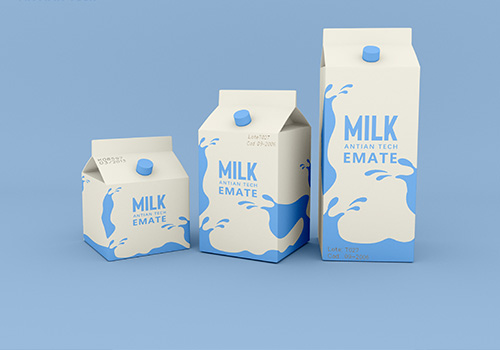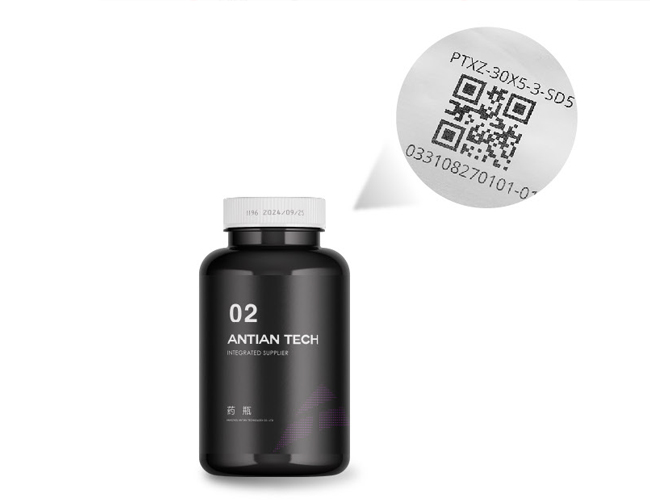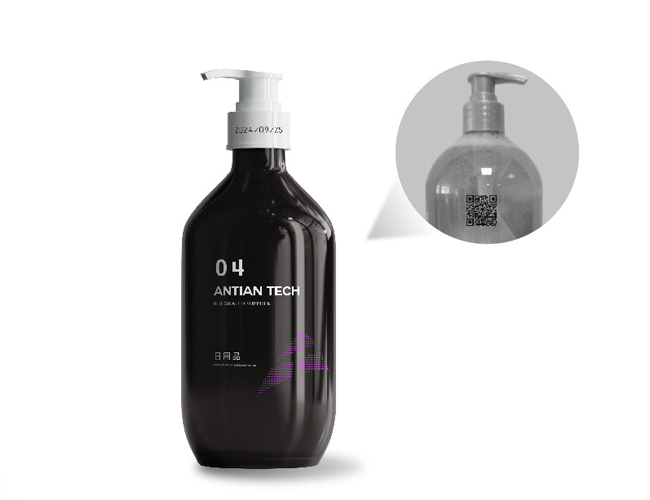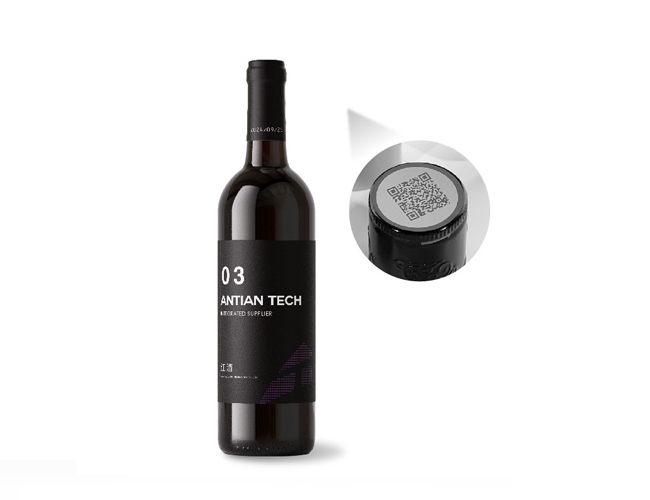ANTIAN offers a range of coding technologies, including inkjet, laser, and thermal transfer printing, each designed to meet the specific needs of different packaging materials and production speeds.
Applications for Food Packaging - ANTIAN Offers Innovative Coding and Marking Solutions
Food packaging plays a crucial role in ensuring product safety, traceability, and brand integrity.ANTIANS’s innovative coding and marking solutionsare at the forefront of enhancing food packaging, providing efficient and reliable methods to meet industry demands. This article explores the various applications of these solutions and how they contribute to the food packaging industry.
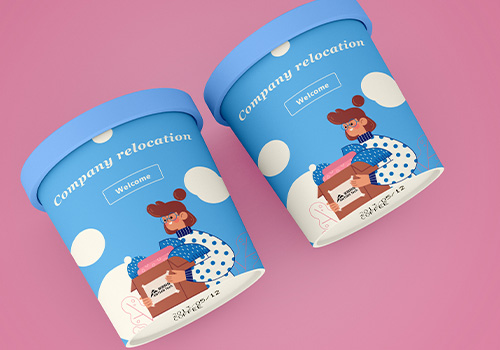
Role of Coding and Marking in Food Packaging
Coding and marking are essential for:
- Traceability: Ensuring that products can be tracked through the supply chain.
- Regulatory Compliance: Meeting legal requirements for labeling and safety information.
- Consumer Safety: Providing critical information such as expiration dates and allergen warnings.
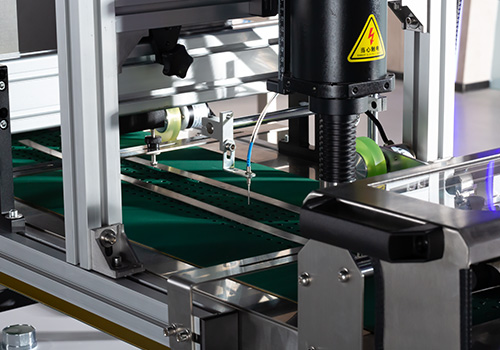
Types of Coding and Marking Technologies
ANTIANS provides various coding technologies, including:
- Digital Printing: Offers high-quality prints for labels and packaging.
- Thermal Transfer: Ideal for printing on flexible packaging materials.
- Inkjet Printing: Suitable for high-speed production lines, allowing for variable data printing.
- Laser Coding: Provides permanent marking solutions that are durable and tamper-proof.
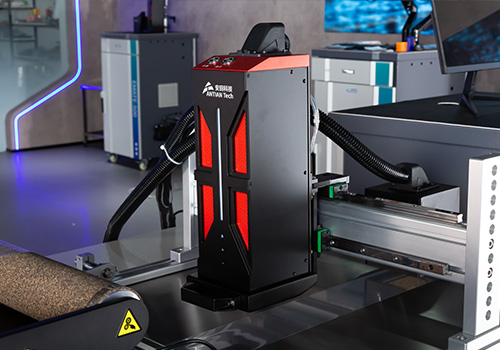
Benefits of Innovative Coding Solutions
Implementing ANTIAN's coding solutions leads to:
- Enhanced Traceability: Helps manufacturers track products throughout the supply chain.
- Improved Brand Visibility: High-quality prints can enhance branding and consumer recognition.
- Waste Reduction: Accurate coding helps minimize product recalls and waste due to mislabeling.
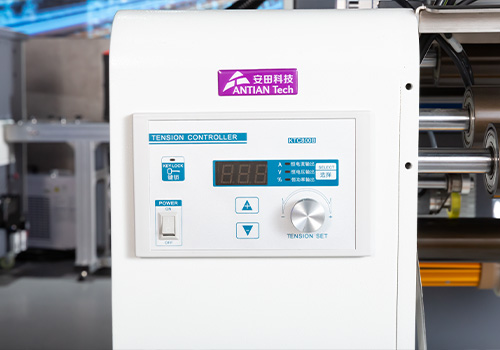
ANTIAN’s Innovative Solutions
ANTIANS is recognized for its advanced coding and marking technologies, offering solutions that are efficient, reliable, and customizable. Key features include:
- User-friendly interfaces
- High-speed printing capabilities
- Versatile applications for various packaging materials
How to code Food Packaging efficiently?
-
Choose the Right Technology: Select coding and marking technologies that align with your packaging materials and production speed. Options include inkjet, laser, and thermal transfer printing. Each has its advantages depending on the application.
-
Optimize Print Layout: Design your print layout to maximize space and readability. Use clear fonts and appropriate sizes for expiration dates, batch numbers, and other essential information, ensuring it complies with regulations.
-
Implement Variable Data Printing: Utilize variable data printing to customize information such as production dates and serial numbers on each package. This enhances traceability and can streamline inventory management.
-
Ensure Material Compatibility: Ensure your coding technology is compatible with the materials used in your packaging. For instance, certain inks work better on plastic, while lasers are more suitable for metal or glass.
-
Automate Where Possible: Implement automation in the coding process to improve efficiency. Automated systems can increase speed and reduce human error, allowing for continuous operation on high-speed production lines.
-
Monitor and Adjust: Regularly monitor print quality and make adjustments as needed. This includes checking for ink levels, alignment, and print clarity, ensuring that all codes are legible and meet quality standards.
-
Leverage Data Management Systems: Use data management systems to track production batches, inventory levels, and compliance documentation. This helps streamline operations and enhance traceability.
Food Packaging printing: Four printing technologies to best suit your needs of coding on Food Packaging
-
Inkjet Printing: Inkjet printing is a versatile and widely used technology in food packaging. It offers high-speed printing capabilities and can produce high-resolution prints, including alphanumeric characters, barcodes, and logos. Inkjet printers are ideal for printing on a variety of substrates, including plastic, cardboard, and metal. They can handle variable data, making them suitable for applications requiring unique identifiers, such as expiration dates and batch numbers.
-
Laser Printing: Laser printing provides a permanent marking solution by etching or engraving directly onto packaging materials. This technology is highly durable, ensuring that prints resist fading, scratching, and smudging, making it ideal for food packaging that may be exposed to moisture or handling. Laser printers are particularly effective on rigid materials like glass and metal, providing precise and clean markings without the need for consumables.
-
Thermal Transfer Printing (TTO): Thermal transfer printing uses heat to transfer ink from a ribbon onto the packaging substrate, producing high-quality, durable prints. This technology is especially suitable for flexible packaging, such as pouches and films. TTO is known for its ability to print sharp images and text, making it an excellent choice for branding and product information on food packaging. It also allows for variable printing, making it versatile for different products.
-
Flexographic Printing: Flexographic printing is a widely used method for high-volume food packaging, especially for labels, bags, and boxes. This rotary printing technique utilizes flexible relief plates to transfer ink onto the substrate. Flexography is known for its speed and efficiency, making it suitable for long runs. It can print on a wide range of materials and is ideal for creating vibrant, colorful designs and patterns, enhancing the visual appeal of food products.
Coding And Marking Machine Other Application Industry
Thanks for contacting us, we will reply you ASAP.


